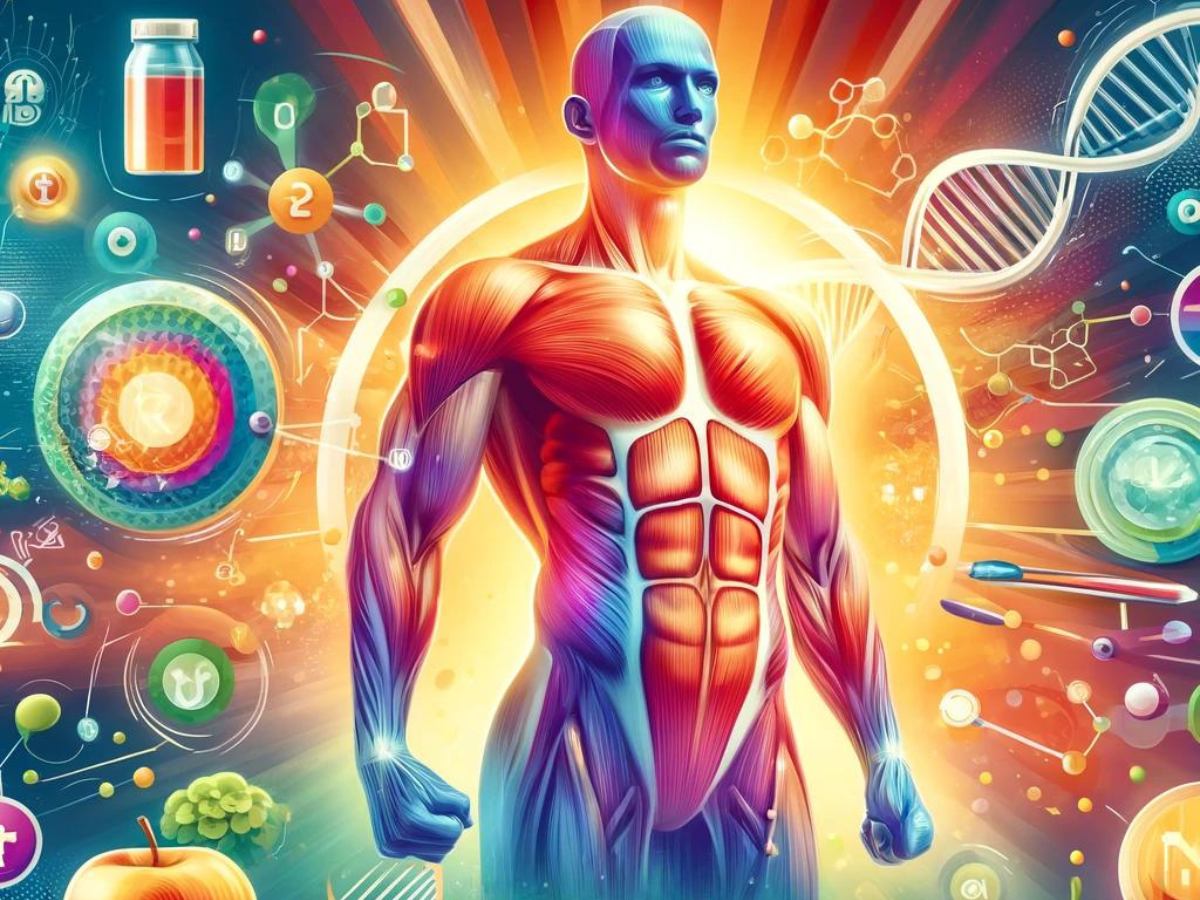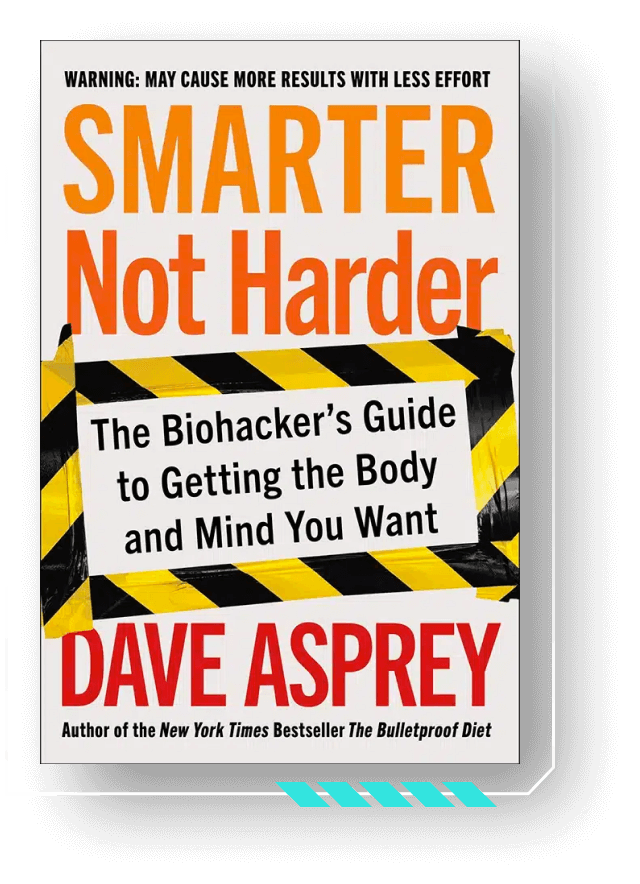
Just as the weather starts to turn and the clocks fall backward, you might feel the winter blues setting in.
Clinical psychologists and medical doctors are still trying to pin down the biological mechanisms of depression. There are many different theories, from doctors who think it’s purely psychological to those who believe in the inflammatory model of depression.[ref url=”https://www.sciencedaily.com/releases/2017/10/171030092917.htm”]
The brain is complex and there’s a lot we don’t know! But there are some things we can conclude based on the research available. One of the most pervasive types of depression hits during the darker months. Clinically, this is called SAD (seasonal affective disorder) and symptoms can range from lack of motivation and trouble focusing, to full-blown depressive symptoms. Read on to find out more about SAD and some natural ways to help increase your energy during the winter months.
What is seasonal affective disorder?
Seasonal affective disorder (SAD), aka the winter blues, winter depression, seasonal depression, or even summer depression, looks the same as clinical depression symptom-wise, except it syncs up with seasons. Usually, seasonal depression starts in the fall as the days get shorter and gets better in spring when the sun sets later. A small portion of sufferers experience SAD in the summer months.
If you have one bad winter and bounce back, you’re probably rolling with the normal ups and downs of life. If you experience more severe symptoms of depression during the fall and winter months for two or more years in a row, you may want to open up a conversation with your functional medicine doctor about seasonal affective disorder.
Watch out for symptoms like:
- Carbohydrate and sugar cravings
- Noticeable drop in energy
- Tendency to sleep a lot
- Weight gain
- Social withdrawal
- Persistent sadness
- Irritability
- Feelings of worthlessness
- Lack of motivation
- Drop in energy, noticeable fatigue
- Changes in appetite or weight
- Sleep disturbances
- Trouble focusing
- Physical pains, including headaches, joint pains, and even digestive problems
- Thoughts or attempts to harm yourself[ref url=”https://www.nimh.nih.gov/health/topics/depression/index.shtml”]
If this sounds like you, know that it’s not your fault. Society’s attitude toward depression makes sufferers feel worse about a condition that already feels awful. People who don’t deal with depression often think you can just decide to be happy. Behind the scenes, there are brain chemicals and hormones that make you feel this way.
The good news is, you can support your brain and get relief.
What causes seasonal affective disorder?
The true cause isn’t entirely clear, but scientists know some things about the mechanics of it all.
Here are some things researchers know so far:
- Four times more women experience SAD than men[ref url=”https://www.ncbi.nlm.nih.gov/pmc/articles/PMC4673349/”]
- Existing depression or bipolar disorder might get worse with the seasons
- Latitude matters – around 1% of Florida residents experience SAD, whereas SAD affects 9% of Alaska residents[ref url=”https://www.ncbi.nlm.nih.gov/pmc/articles/PMC4673349/”]
- People living without artificial lighting don’t experience SAD[ref url=”https://www.ncbi.nlm.nih.gov/pmc/articles/PMC1408021/”]
- Family history is a risk factor, so there is a genetic component
Scientists identified some key brain chemicals that change in people who have seasonal depression. They observed increases in the amount of time you secrete melatonin, the hormone that signals sleep.[ref url=”https://jamanetwork.com/journals/jamapsychiatry/fullarticle/481869 “] That makes sense because almost everyone with seasonal depression says that they want to sleep a lot.
Also, researchers linked depression with problems with transport of serotonin, a brain chemical that regulates mood and happiness.[ref url=”https://www.nature.com/mp/journal/v8/n11/abs/4001392a.html”][ref url=”http://www.sciencedirect.com/science/article/pii/S0969996100903735″]
That’s true across the board with all types of depression.
What to do about seasonal affective disorder
Light therapy
Light therapy has been a popular seasonal depression treatment for decades. It’s cheap, easy, and effective.
Natural light therapy
The most effective way to do light therapy is to go outside and expose your eyes and skin to natural sunlight for 20 minutes. To max out your Vitamin D, expose as much skin as the temperature and local laws allow.
To set your brain’s sleep and wake timer, don’t wear sunglasses, and don’t look at the sun. The right spectrum will bounce off of your surroundings.
Artificial light therapy
SAD lights are easy to find. A search for SAD lights, circadian lamps, or happy lights will get you what you want. Look for a full-spectrum light that emits at least 2500 lux (that’s a unit of light) and blocks harmful UV rays. Also, make sure your light emits narrow bandwidth blue light. It works better than red light for seasonal depression.[ref url=”http://www.sciencedirect.com/science/article/pii/S0006322305008577 “]
Some artificial light therapy tips:
- Set it at eye level. Angle it away from your direct field of vision but elevate it in line with your eyes.
- Don’t look at it. You want to expose your eyes without frying your retinas.
- Start small. Start at just five or 10 minutes depending on your light’s power, and work your way up to no more than 60 minutes. If you have a super-powerful device, you might go lower than 60. Follow the manufacturer’s directions.
- Track your moods. Keep a journal so you can determine your optimal exposure time.
- Don’t overdo it. They affect your brain chemicals, and people become addicted to these things.
For both natural and artificial light methods, morning light therapy works better than evening.[ref url=”https://www.ncbi.nlm.nih.gov/pmc/articles/PMC1408021/”]
Research shows that 2500 lux of light therapy in the morning is effective for SAD.[ref url=”http://www.sciencedirect.com/science/article/pii/S0140673698010150″] Morning light treatments worked faster than antidepressant medication, without the side effects that come along with antidepressants.[ref url=”http://ajp.psychiatryonline.org/doi/abs/10.1176/ajp.2006.163.5.805″]
Exercise
Exercise regulates mood and energy[ref url=”http://www.sciencedirect.com/science/article/pii/S0165178100001384″] and lots of research has shown its ability to relieve things like depression and anxiety disorders.[ref url=”https://link.springer.com/article/10.1007/s00702-008-0092-x “] For some people, regular exercise may be enough to take care of mild cases of seasonal depression. For others, it may not eliminate depression completely, but it does provide immediate symptom relief somewhat like popping a pill for a headache.[ref url=”http://journals.lww.com/acsm-essr/Citation/1990/01000/Effect_of_Exercise_on_Depression.16.aspx”]
Long-term exercise increases resilience to stress, which may slow down stress-related wear and tear on the brain.[ref url=”http://www.sciencedirect.com/science/article/pii/S027273589900032X”]
You should be getting out and moving anyway, so exercise is an easy one to incorporate whether you have SAD or not.
Supplements for brain support
Vitamin D
Researchers found a link between Vitamin D deficiency and depression in general.[ref url=”http://www.sciencedirect.com/science/article/pii/S030698770700240X “] Your body makes Vitamin D using sunlight, so as you get less sunshine, you have less Vitamin D. Vitamin D supplements and light therapy both increased vitamin D levels and improved depression scores.[ref url=”http://europepmc.org/abstract/med/10888476″]
Research suggests that less Vitamin D causes the drops in serotonin characteristic of seasonal depression. One study showed that supplementing Vitamin D3 improved symptoms of seasonal depression.[ref url=”https://link.springer.com/article/10.1007%2Fs002130050517?LI=true”]
Supplements for serotonin
In one study, supplementing tryptophan was just as effective as light therapy, and relapse was slower in the tryptophan group after stopping both treatments.[ref url=”http://www.sciencedirect.com/science/article/pii/S0165032798000536″]
Tryptophan undergoes a few steps before becoming serotonin, which includes converting to 5-HTP. Supplementing 5-HTP is a step closer to the endgame. It helps your body make serotonin, without those extra steps.[ref url=”http://europepmc.org/abstract/med/9727088 “] Make sure to take it with EGCG to keep it from converting to serotonin before it gets to the brain. It doesn’t cross the blood-brain barrier, and it doesn’t do you any good in your bloodstream.
Start cognitive behavioral therapy
Talk therapy will not address the brain chemistry problems, but it may offer you some coping strategies to get you through the season while you’re trying light therapy and supplements.
Research shows that seasonal depression has cognitive-behavioral component to it, meaning, you might have to rewire your negative thought patterns.[ref url=”http://psycnet.apa.org/record/2003-01069-005″] Cognitive behavioral therapy is type of talk therapy that alleviates SAD, especially when combined with light therapy.[ref url=”http://psycnet.apa.org/record/2007-07856-014 “] Your therapist will help you be more conscious of your negative thoughts, and help you swap them out with positive thoughts.
Cognitive behavioral therapy has a lower recurrence rate than light therapy does.[ref url=”http://www.sciencedirect.com/science/article/pii/S0005789408000853 “] It could be because brain scans show that cognitive behavioral therapy changes your neurocircuitry.[ref url=”http://www.sciencedirect.com/science/article/pii/S0022395610002748 “][ref url=”http://www.sciencedirect.com/science/article/pii/S1053811906006823”]
When none of these options work, it may be time to consult your functional medicine doctor about your options.
If you feel like you need to talk to someone, there’s never any shame in that. The National Suicide Prevention Lifeline is available 24 hours a day, 7 days a week in English and Spanish.
1-800-273-8255
Here’s the website and live chat










